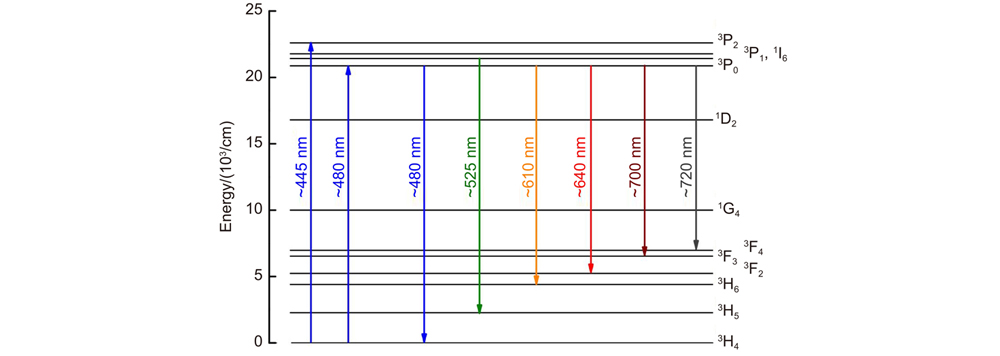Weihang Cao, Zhuang Li, Chengkun Shi, Jiazhen Lin, Xiuji Lin, Guozhen Xu, Huiying Xu, Zhiping Cai. Overview of research and development of Pr3+ doped solid-state lasers[J]. Opto-Electronic Engineering, 2022, 49(4): 210364
Search by keywords or author
- Opto-Electronic Engineering
- Vol. 49, Issue 4, 210364 (2022)
Abstract

Set citation alerts for the article
Please enter your email address



